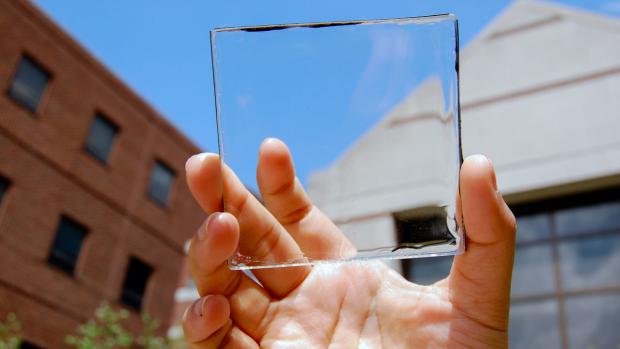
Breaking News
 Nancy Pelosi has officially announced her RETIREMENT at the end of her term, January 3, 2027.
Nancy Pelosi has officially announced her RETIREMENT at the end of her term, January 3, 2027.
 Omeed Malik: The Technocrat Muslim Billionaire Inside MAGA
Omeed Malik: The Technocrat Muslim Billionaire Inside MAGA
 Democrat-led government shutdown is now causing flight delays, threatening air traffic control,...
Democrat-led government shutdown is now causing flight delays, threatening air traffic control,...
Top Tech News
 HUGE 32kWh LiFePO4 DIY Battery w/ 628Ah Cells! 90 Minute Build
HUGE 32kWh LiFePO4 DIY Battery w/ 628Ah Cells! 90 Minute Build
 What Has Bitcoin Become 17 Years After Satoshi Nakamoto Published The Whitepaper?
What Has Bitcoin Become 17 Years After Satoshi Nakamoto Published The Whitepaper?
 Japan just injected artificial blood into a human. No blood type needed. No refrigeration.
Japan just injected artificial blood into a human. No blood type needed. No refrigeration.
 The 6 Best LLM Tools To Run Models Locally
The 6 Best LLM Tools To Run Models Locally
 Testing My First Sodium-Ion Solar Battery
Testing My First Sodium-Ion Solar Battery
 A man once paralyzed from the waist down now stands on his own, not with machines or wires,...
A man once paralyzed from the waist down now stands on his own, not with machines or wires,...
 Review: Thumb-sized thermal camera turns your phone into a smart tool
Review: Thumb-sized thermal camera turns your phone into a smart tool
 Army To Bring Nuclear Microreactors To Its Bases By 2028
Army To Bring Nuclear Microreactors To Its Bases By 2028
 Nissan Says It's On Track For Solid-State Batteries That Double EV Range By 2028
Nissan Says It's On Track For Solid-State Batteries That Double EV Range By 2028
How Transparent Solar Panels And 'Quantum Dots' Could Make Skyscrapers Power Themselves

A team from the University of Michigan contributed massively to this research, which was supported by the U.S. Dep. of Energy, by recently breaking the established scientific record for conversion efficiency (8.1%) and transparency (43%) in their carbon-based solar cells inserted into window glass, turning it to a slightly greyish-green tint like sunglasses or car windows.
"The new material we developed, and the structure of the device we built, had to balance multiple trade-offs to provide good sunlight absorption, high voltage, high current, low resistance and color-neutral transparency all at the same time," said Yongxi Li, an assistant research scientist in electrical engineering and computer science who participated in the record breaking.
In addition, the researchers developed optical coatings which when applied to the glass, as is often the case with treated windows on skyscrapers, boost both power generated from infrared light and transparency in the human-visible range—two qualities that are usually in competition with one another.
Both versions of their cells can be manufactured at large scale, using materials that are less toxic than other transparent solar cells, and they can be placed in between the panes of double-glazed windows.
The transparent organic solar cells can also be customized for local latitudes, taking advantage of the fact that they are most efficient when the sun's rays are hitting them at a perpendicular angle.
While they haven't yet brought any of their remarkable technology to market, another company looking to turn skyscraper windows into electricity-rich solar panels is already making profits.

 The Technocratic Dark State
The Technocratic Dark State Carbon based computers that run on iron
Carbon based computers that run on iron

